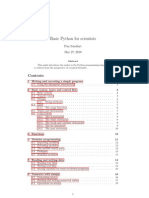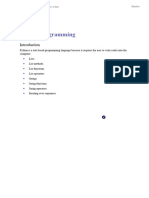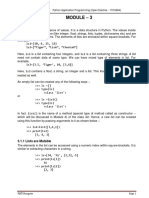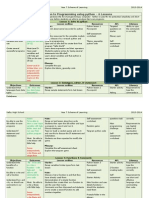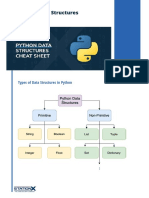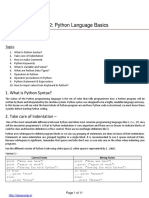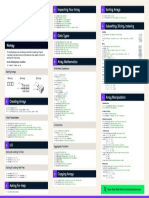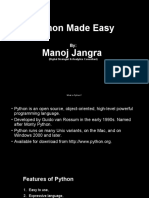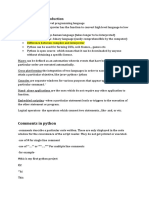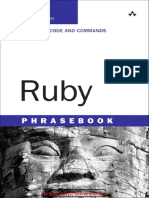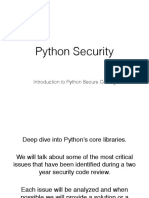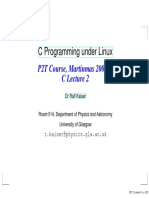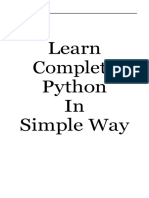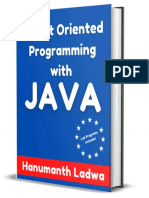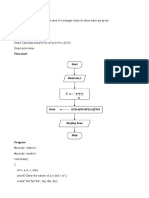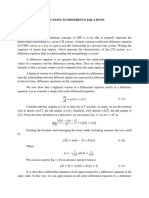0% found this document useful (0 votes)
169 views18 pagesPython Learning Made Easy
This document provides an overview of basic Python syntax including comments, strings, variables, data types, and operations. It explains that comments begin with # and are used to explain code. Strings can use single, double, or triple quotes and support various methods like format, count, find, upper, lower, etc. Variables store values that can be numbers, strings, tuples, lists, or dictionaries. Numbers support arithmetic, comparison, and logical operations while strings support indexing, slicing, and string methods. Indentation is important in Python to distinguish code blocks.
Uploaded by
b dCopyright
© © All Rights Reserved
We take content rights seriously. If you suspect this is your content, claim it here.
Available Formats
Download as DOCX, PDF, TXT or read online on Scribd
0% found this document useful (0 votes)
169 views18 pagesPython Learning Made Easy
This document provides an overview of basic Python syntax including comments, strings, variables, data types, and operations. It explains that comments begin with # and are used to explain code. Strings can use single, double, or triple quotes and support various methods like format, count, find, upper, lower, etc. Variables store values that can be numbers, strings, tuples, lists, or dictionaries. Numbers support arithmetic, comparison, and logical operations while strings support indexing, slicing, and string methods. Indentation is important in Python to distinguish code blocks.
Uploaded by
b dCopyright
© © All Rights Reserved
We take content rights seriously. If you suspect this is your content, claim it here.
Available Formats
Download as DOCX, PDF, TXT or read online on Scribd
/ 18

